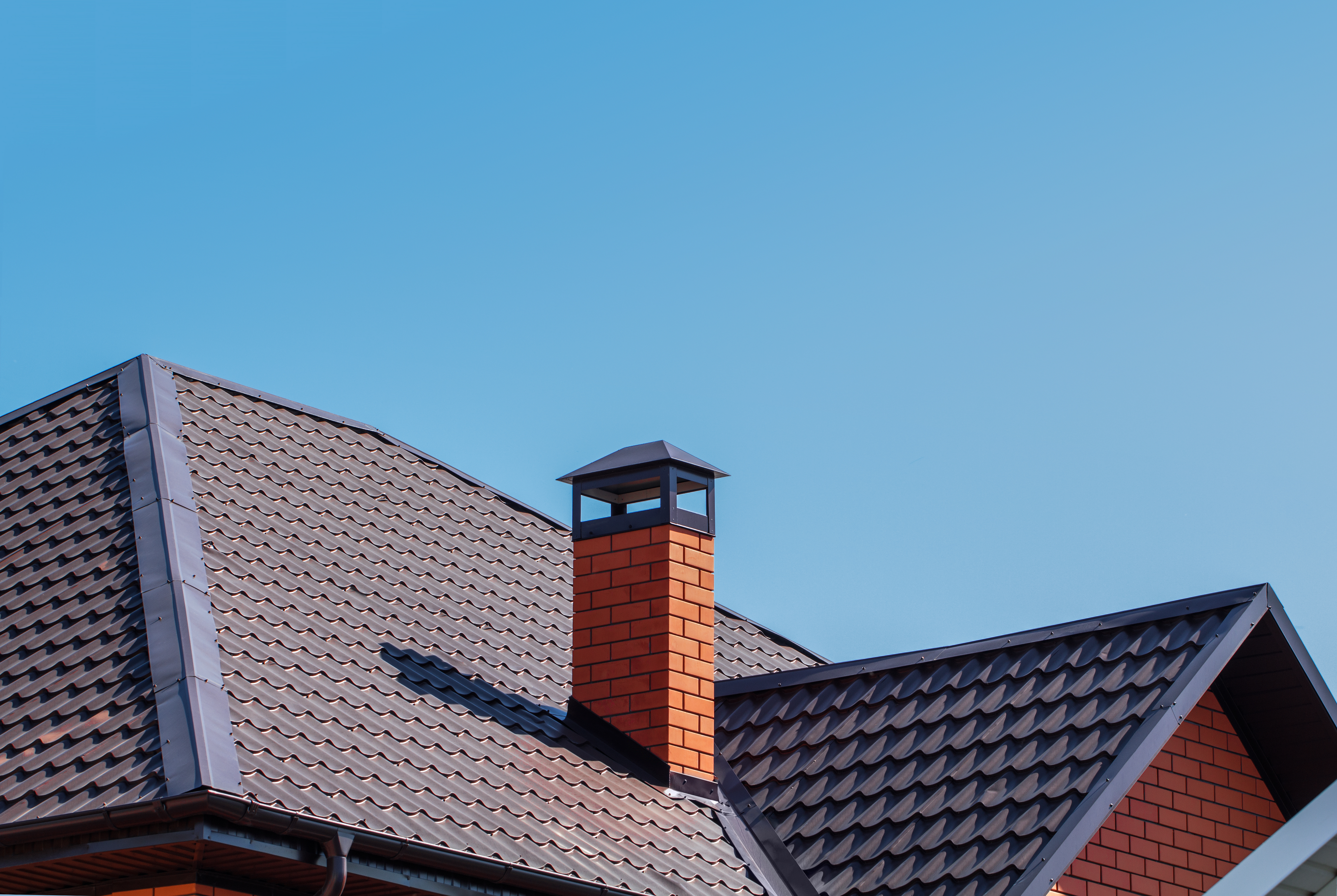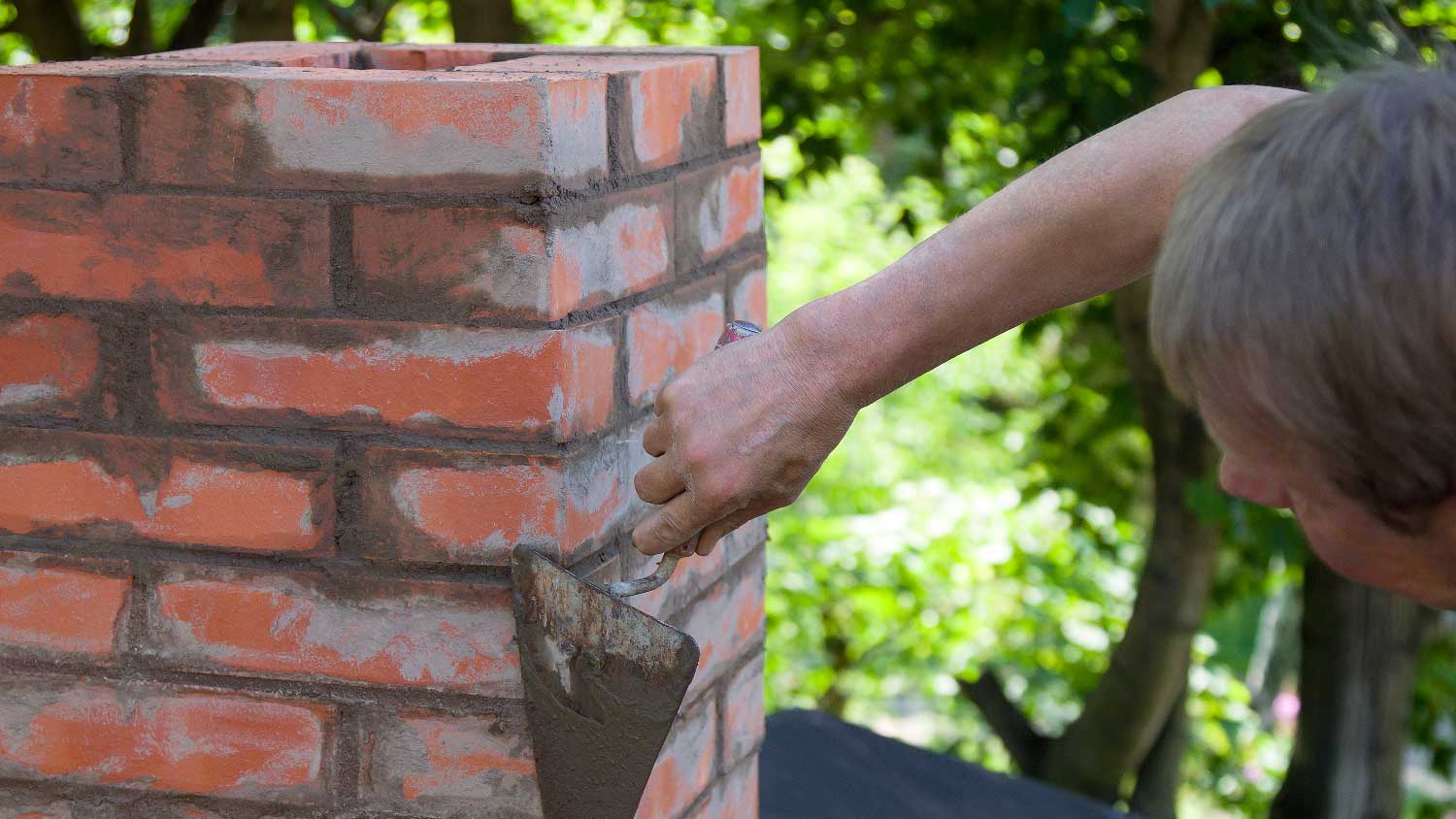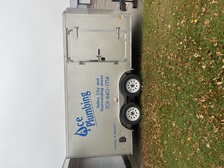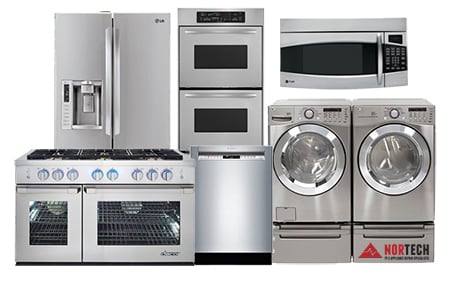
Get matched with top chimney liner installation pros in Richardton, ND
Enter your zip and get matched with up to 5 pros
Need a pro for your chimney liner installation project in Richardton, ND?
Verified Reviews for Chimney Liner Installation pros in Richardton, ND
*The Angi rating for Chimney Liner Installation companies in Richardton, ND is a rating based on verified reviews from our community of homeowners who have used these pros to meet their Chimney Liner Installation needs.
*The HomeAdvisor rating for Chimney Liner Installation companies in Richardton, ND is a rating based on verified reviews from our community of homeowners who have used these pros to meet their Chimney Liner Installation needs.
Last update on December 14, 2025
Find Chimney liner installation pros in Richardton
We are a class A Gc
CJ's Chimney Sweep and Home Improvement
CJ's Chimney Sweep and Home Improvement
CJ's Chimney Sweep has been in business for over 25 years. We are licensed, bonded and insured.
CJ's Chimney Sweep has been in business for over 25 years. We are licensed, bonded and insured.
FAQs for chimney liner installation projects in Richardton, ND
While it’s possible to sweep your own chimney, it’s usually not a good idea for two reasons. First, inexperienced DIYers are more likely to miss areas of the chimney, which still leaves the risk of house fire due to the remaining residue. Second, chimney sweeping seems like a simple process, but it’s highly dangerous. Soot and creosote are both carcinogenic and can cause breathing issues and lung damage. If you don’t take the same safety precautions that professionals do, you could be putting yourself at risk of serious bodily harm.
Some of the most common chimney problems include:
Creosote buildup
Chimney blockage
Deteriorating brickwork or stonework
Cracked chimney top
Damaged flashing
Flue liner damage or deterioration
Damaged chimney cap
If you suspect you have a chimney problem, contact a masonry contractor for an inspection.
The average cost for a professional chimney cleaning is around $250, but prices range from $130 to $400 or more, depending on a few factors. Some things that have an impact on your total include the size of your chimney, the number of chimneys cleaned, and how accessible the chimneys are.
The National Fire Prevention Agency (NFPA) recommends chimney sweeping once per year as a means of avoiding house fires and massive property damage. Over time, creosote and soot build up in your chimney from burning wood and a lack of ventilation. These compounds are both highly flammable, which means a build-up of them inside your chimney puts you at an increased risk of house fire. Chimney sweeping removes any residue and helps reduce the risk of property damage and personal injury from fire.
On average, chimney repairs cost about $455. However, because of the vast range of potential repairs needed, the cost to repair a chimney ranges widely from $160 to $15,000, depending on the type and extent of repairs required.
The Richardton, ND homeowners’ guide to chimney liner installation services
From average costs to expert advice, get all the answers you need to get your job done.

Chimney sweep costs can be dramatically affected by the type of chimney, its location, and how dirty it is.
 •
•Discover the average chimney tuckpointing cost, key price factors, and expert tips to help you budget and save on your next chimney repair project.

Chimney repair costs can vary by the type of chimney you have and the required repairs. Use this guide to help you estimate project costs.

Here’s a closer look at the key differences between tuckpointing vs. repointing so you can decide which masonry repair technique is right for you.

Your chimney sweep may not wear a top hat and dance on the ceiling, but they will keep your home safe by providing chimney inspections and cleanings. Follow these steps to learn how to hire a qualified and trusted chimney sweep in your town.

Drab-looking chimney bricks can make your home look unkempt. This guide will help you learn how to clean chimney bricks without damaging the structure.
- Hebron, ND Chimney liner installation pros
- Dickinson, ND Chimney liner installation pros
- Glen Ullin, ND Chimney liner installation pros
- Mott, ND Chimney liner installation pros
- New England, ND Chimney liner installation pros
- Beulah, ND Chimney liner installation pros
- Killdeer, ND Chimney liner installation pros
- Elgin, ND Chimney liner installation pros
- Belfield, ND Chimney liner installation pros
- New Salem, ND Chimney liner installation pros
- Hazen, ND Chimney liner installation pros
- Hettinger, ND Chimney liner installation pros
- Lemmon, SD Chimney liner installation pros
- Center, ND Chimney liner installation pros
- Mandan, ND Chimney liner installation pros
- Garrison, ND Chimney liner installation pros
- Underwood, ND Chimney liner installation pros
- Washburn, ND Chimney liner installation pros
- Mandaree, ND Chimney liner installation pros
- Bowman, ND Chimney liner installation pros
- Parshall, ND Chimney liner installation pros
- Wilton, ND Chimney liner installation pros
- New Town, ND Chimney liner installation pros
- Charlson, ND Chimney liner installation pros
- Bismarck, ND Chimney liner installation pros
- Lincoln, ND Chimney liner installation pros
- Watford City, ND Chimney liner installation pros
- Beach, ND Chimney liner installation pros
- Turtle Lake, ND Chimney liner installation pros
- Wibaux, MT Chimney liner installation pros





